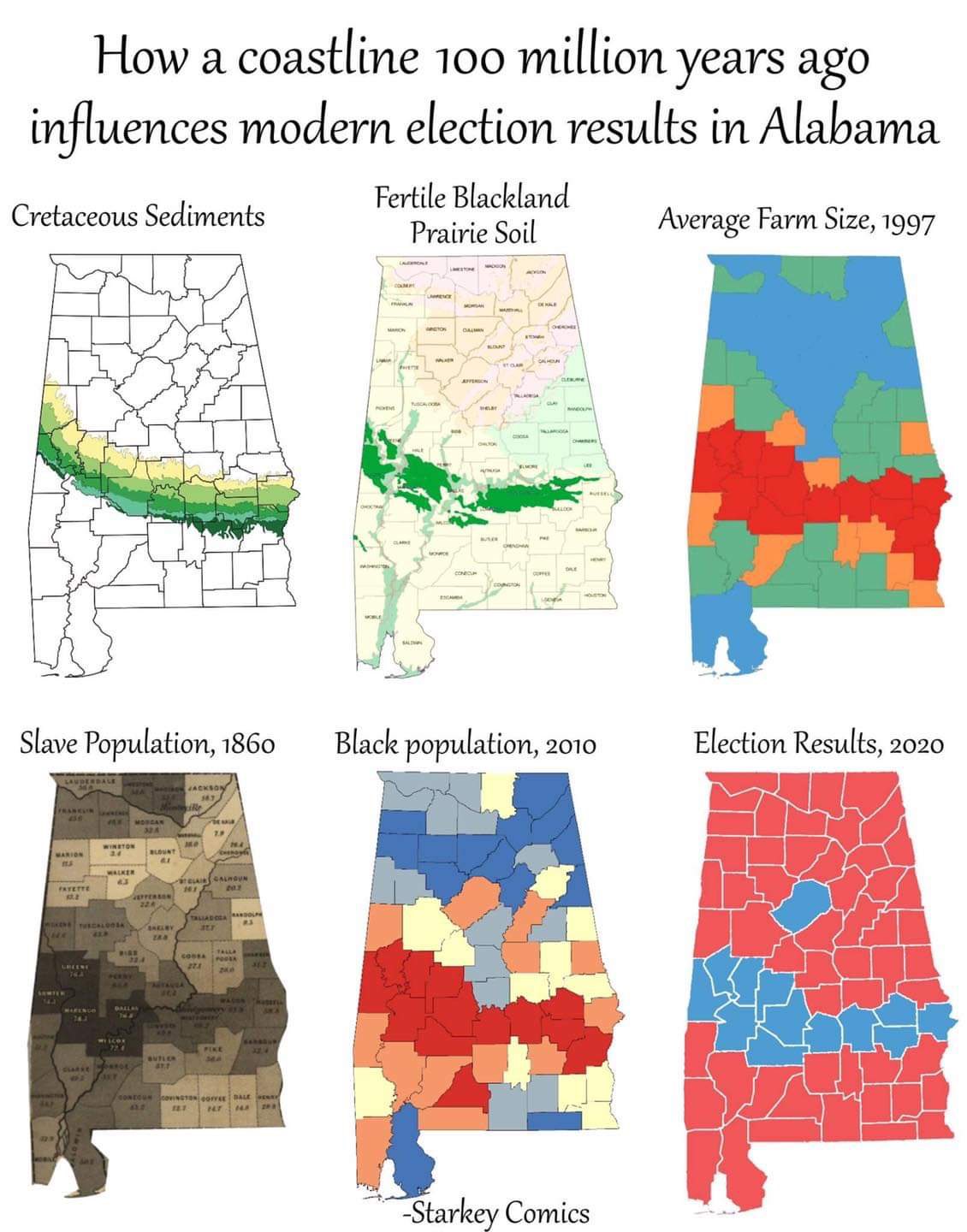Venusian Tectonics
We know remarkably little about Venus - the second rock from the sun - but THIS ARTICLE summarizes what we do know and goes on to talk about the planets tectonics.
Radar images give us our best picture of the planets surface. There is little erosion but also very few impact craters. This has led to speculation that the planet gets a new "carpet" every few hundred million years. If we presume Venus's composition is similar to that of the Earth, there must be a build up of heat in the planets interior. The Earth gets rid of it by means of plate tectonics, but Venus does not - the heat is got rid of by means of a vast volcanic episode which resurfaces the planet.
Polygonal blocks or ‘campuses’ on the lowland surface of Venus. Note the zones of ridges that roughly parallel ‘campus’ margins. Credit: Paul K. Byrne, North Carolina
State University and Sean C. Solomon, Lamont-Doherty Earth Observatory
The article, while not contradicting the mega volcanic story, suggests another means of Venus losing heat. This is the jostling of what they call campuses on the surface of the planet. There is no lithosphere formation or destruction but implies mantle convection.
Hopefully the lack of evidence will be cured by the recently announced missions to Venus.








